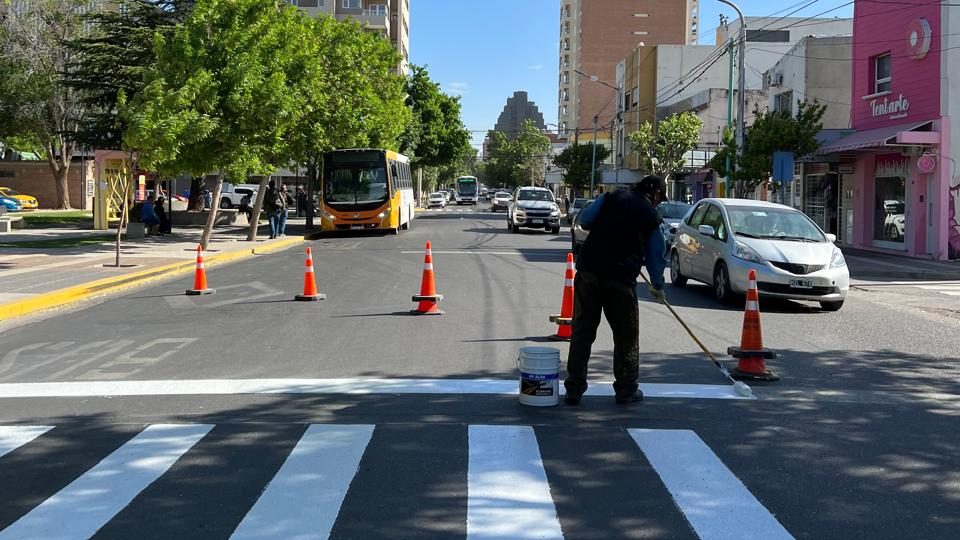
Mobility Snapshots advocacy in Neuquén, Argentina has led authorities to upgrade the intersection of Tierra del Fuego and Pedro Mazzoni. These improvements were a result of Bien Argentino’s advocacy using the Mobility Snapshot.
Bien Argentino selected the intersection because of the mix of traffic using it. As well as four lanes of traffic, 340 pedestrians and 70 buses use the intersection in peak hour. Additionally, there is a level crossing where the train passes through the intersection, and bike paths and lanes. The Mobility Snapshot showed that, although there was a 30 km/h limit, the signs still said 40 km/h, the intersection only had a footpath on one side of the road and there was no traffic calming.
Armed with these findings, Bien Argentino launched an advocacy campaign with government officials, holding direct meetings with the Secretary of Mobility and the Area Coordinator of the municipality. The government officials referred Bien Argentino to the municipality’s Road Observatory, where technicians, architects, and engineers, who met them at the intersection and analyzed the Star Rating Mobility Snapshot recommendations together. This assessment strengthened their case for the need to improve safety at the intersection. With the full support of the technical team, the project moved quickly, enabling authorities to paint a new pathway for pedestrians, add a crossing and speed bumps, and install 30 km/h road signs.
“The Mobility Snapshot was a critical tool to be able to sit down with decision makers and work toward the change we need in our city. Always thinking about the benefit of pedestrians and cyclists, and developing safe spaces based on evidence,” said Sandra Torres of Bien Argentino. “We chose that specific location because it is a multimodal intersection, where the train, public transport, bicycles, cars and pedestrians combine.”
Bien Argentino also used social media to make its Mobility Snapshots and advocacy with the government visible to the public. This has built community demand for safer streets in the province. Residents in other neighborhoods have reached out, requesting similar interventions in their area.